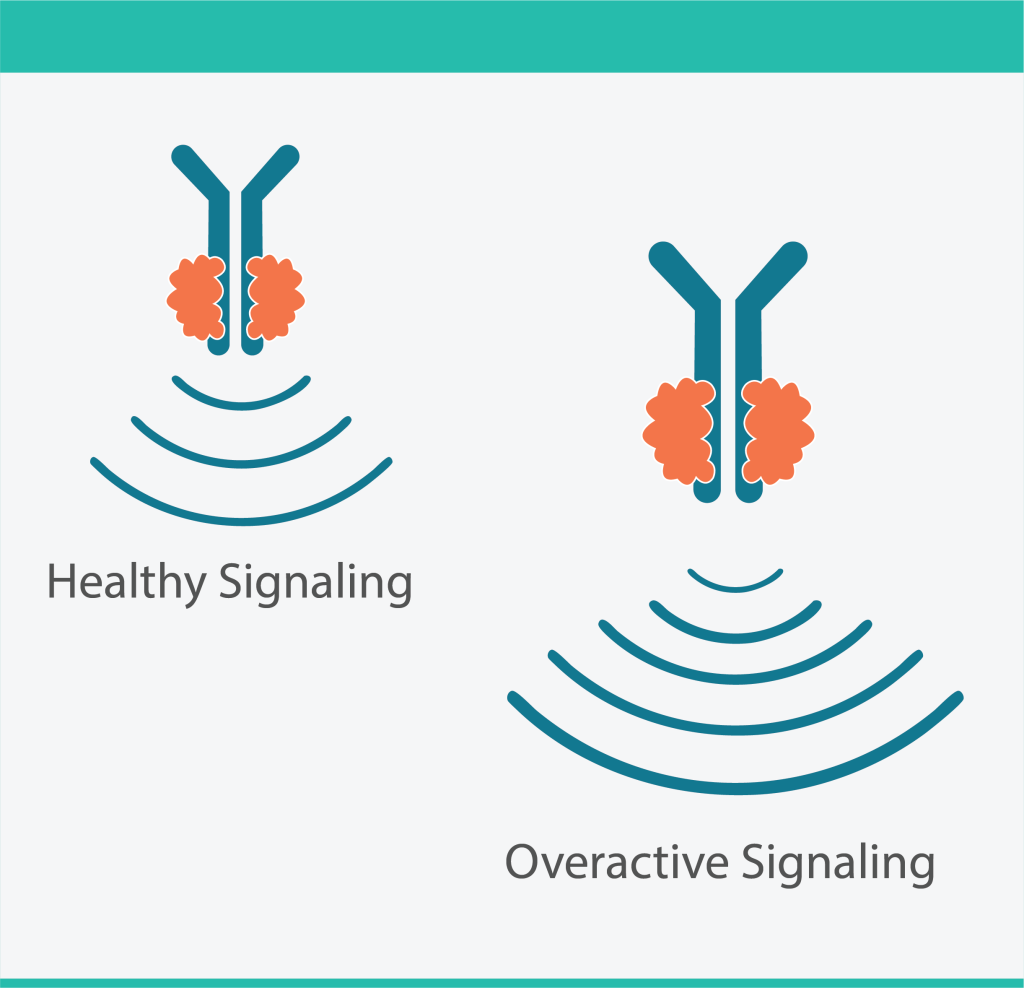
What causes PV?
Janus kinases, or JAKs proteins send signals that affect the production of blood cells in the bone marrow. Evidence suggests that when there is a mutation of the Janus kinase 2 (JAK2) gene, it sends too many signal, causing the bone marrow to make too many blood cells. This is called overactive signaling. Overactive JAK signaling is a key contributor to the development of PV. Even if you don’t have the JAK2 mutation, you still can have PV.
Splenomegaly (an enlarged spleen)
Janus kinases, or JAKs proteins send signals that affect the production of blood cells in the bone marrow. Evidence suggests that when there is a mutation of the Janus kinase 2 (JAK2) gene, it sends too many signal, causing the bone marrow to make too many blood cells. This is called overactive signaling. Overactive JAK signaling is a key contributor to the development of PV. Even if you don’t have the JAK2 mutation, you still can have PV.

In PV, the bone marrow produces too many red blood cells, white blood cells, and platelets. As a result of the increased number of blood cells caused by PV, your spleen works harder than normal. This may cause the spleen to get bigger—a condition called splenomegaly. So an enlarged spleen may also be a sign of disease progression.
Risk factors
Sex
Men are slightly more likely than
women to develop the condition.
Environment
Exposure to intense radiation may
increase the risk for the condition.
It has also been suggested that
exposure to toxic substances may
increase risk for PV.
Age
People older than 60 are most
likely to develop the condition,
though it may occur at any age.
JAK2 mutation
Approximately 95% of all PV
patients have a mutation of the
JAK2 gene in their blood-forming
cells. This mutation leads to
hyperactive JAK (Janus kinase)
signaling, causing the body
